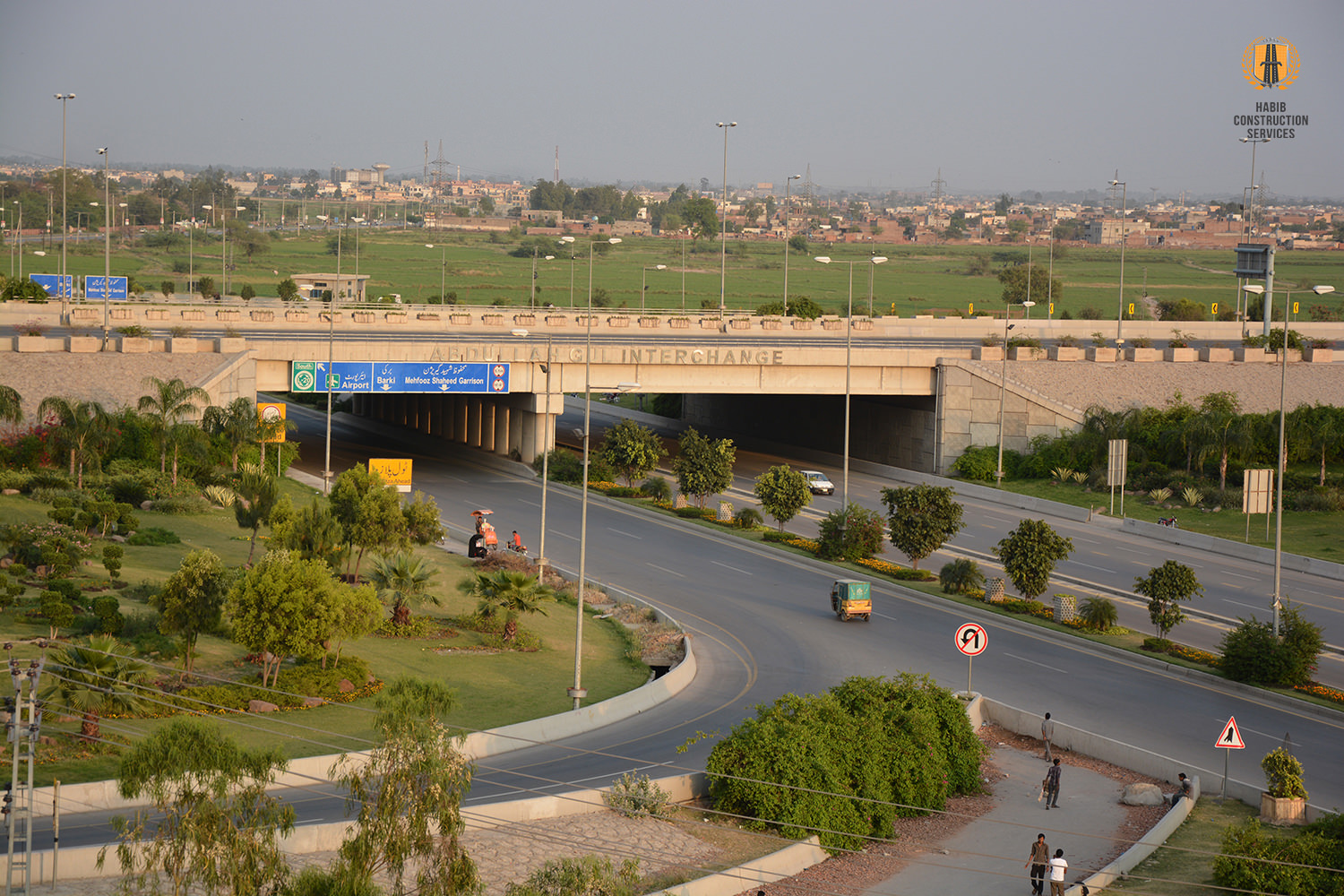
Senior partner at Global Law Firm : Member Chief Minister’s Special Committee on Public Private Partnership Reforms
” The government has no business running businesses”, a phrase often repeated by former Prime Minister, Mian Nawaz Sharif (MNS), and his prodigious daughter Chief Minister Maryam Nawaz, not only in public but also in close private meetings. So one knows that this is not just popular sloganeering, but reflection of a deeply held belief that entrepreneurs and private businesses can be far more innovative, efficient and customer-oriented than the government in delivering services to the public. This belief has been a staple cornerstone of PML-N policy for decades. It was the PML-N government that established the first Privatization Commission back in 1991 and initiated an extensive privatization programme, transferring government functions to the private sector either through outright sale or public private partnerships (PPP or P3). Indeed, it was the P3 model that made possible the hallmark projects of Lahore Ring Road and the Lahore Metro Project.
So this time too, when CM Punjab proclaims deploying the P3 model far and wide to deliver improved infrastructure and services to the people of Punjab, the strong likelihood is that she means it.
What does this mean for the private sector? For one, an opportunity to invest in projects besides the endless housing colonies and shopping plazas. Hospitals, clinics, schools, vocation institutes, community energy projects, roads, transport – for all of which there is voracious demand (thanks to our runaway demographics) and can be alluringly lucrative. For the public, once these projects are completed (provided they are done right!) they can deliver immense dividends in terms of improved infrastructure and services. Indeed, there are several success cases globally (including Bangladesh and South America) where the P3 model has been a game-changer in terms of infrastructure upgrade and service delivery.
In Pakistan historically, privatization/P3 has been the purview of the federal government, well beyond the parochial discourse of the provinces. 18th Amendment changed that of course – devolving extensive powers to the provinces [(including transport, education, health)], which means that provincial P3s are now high on the agenda.
Punjab for its part, started exuberantly with by regulatory framework with the Public Private Partnership Act 2010. This framework was further upgraded and streamlined through the Public Private Partnership Act in 2014 Aurangzeb to spearhead the reformation of the P3 legislative framework. Thus, a Special Committee for P3 Reforms, consisting of senior bureaucrats and private sector professionals has been constituted to critically brainstorm the reforms.
Having had the privilege of participating in these meetings (and having participated in similar meetings with the government officials in the UK, Africa and Saudi Arabia), one cannot help being impressed. Enduring for hours, these meetings thrash out the issues with threadbare analysis. There have been no inhibitions on comments – in fact dissent is encouraged, with officials speaking frankly, and disagreeing openly on key points.
The fruit of these discussions will be in the public view in a few months, so cannot comment on that.
What is interesting (and perhaps pleasantly surprising) is this: a typical P3 project typically takes about 18-24 months from conception to signing of the main contracts. Add another 6 months for these legal reforms. We are looking at a horizon of about 24-30 months before P3 projects can be introduced under the new regulatory regime. Add to that another 2-3 years for construction of these projects. So we are looking at about a 5 year horizon before many of these P3 projects become operational. If the government were in a rush and was only looking for short-term “band-aid” measures, these P3 reforms would make no sense. The fact that the Punjab government has taken a decision to push forward on these reforms, shows that it is genuinely looking beyond its term and is taking a long term view for improving the infrastructure and public services in the province. An admirable approach.
How the Punjab government fares on this ambition, only time will tell, but for now, there is reason for hope of a new, brighter chapter for upgrade in infrastructure and service delivery in Punjab.

